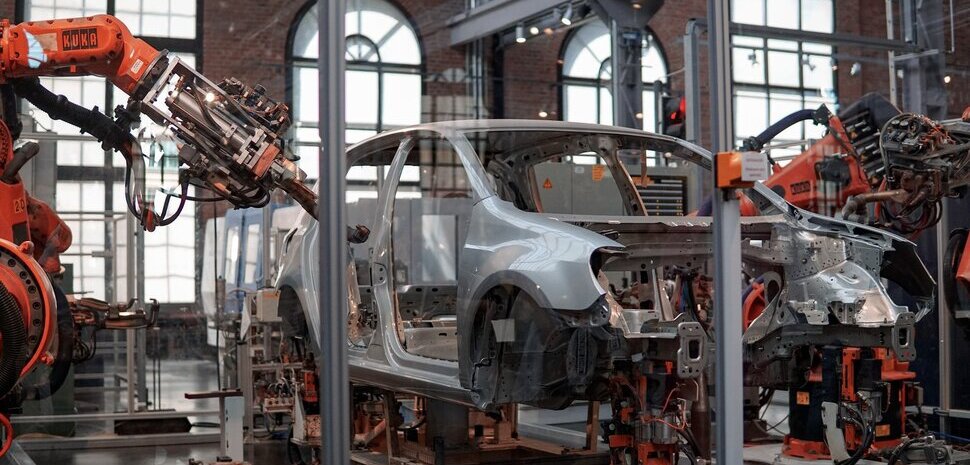How to win in commercial vehicle automation
Interview with
Given the progress and headlines around commercial vehicle automation in the marketplace today, we sat down with our very own Richard Schwartz, Partner at T&Co, to understand the key trends and understand how players in the space today are configuring to win.
Question: What are the key trends you are seeing in the commercial automated vehicle space?
Richard: If I wind the clock back five years, there was a tremendous amount of buzz about automation – about levels 2,3, and even level 4,5 based on the SAE standards of automation in the commercial vehicle space. A lot of the buzz was about long haul trucks that would be platooning on our highways and about specialty trucks that would be able to improve the four drivers of why fleets buy these things:
- Safety, which remains critically important
- Driver shortage, and whether there is an opportunity to reduce the role of the driver and the corresponding cost out of the fleet operating equation
- Productivity and efficiency, and how trucks can be run more hours and for more days in pursuit of higher productivity and efficiency – especially given the increased role of electronic data logging of drivers’ hours in long-haul trucking
- Environmental and sustainability, and the roles that self-driving vehicles can play there
In the last five years, vehicle electrification seems to have stolen the spotlight – as well as over-the-air data telematics & connectivity. With automation, there is a recognition of how hard it is technically to have a truly (level 4,5) autonomous vehicle ready for low-rate initial production volumes in many commercial vehicle vocations. Agriculture and mining vehicles – from manufacturers like Deere and Cat – are perhaps the most advanced at this point.
A major trend we’re seeing is that there are now several independent pure-play companies that have gone public with sky-high valuations based on the promise and proof around automation – Aurora as the most recent example. We’re also seeing that truck OEMs are both acknowledging and trying to push lower levels of autonomy as being technically viable and addressing the four viable fleet use cases. There is also a lot in the way of collaboration and co-development by these technology firms given the continued significant capital investment truck OEMs need to make in automation, which also competes with electrification – another big capital investment area.
Question: How should players in the industry configure to win over the next 3-5 years in this space?
Richard: You need to be very clever about taking a very segmented view of the world – really understanding duty cycle/vocation by vocation and fleet by fleet needs, to determine where there are viable use cases for automated technology. It is clearly not going to be one-sized fits all given where the impact is greatest given today’s technology readiness. Players need to hone in on what applications are less full-autonomy and more semi-autonomy that drive safety, driver replacement, and fleet productivity performance improvements. You need to figure out what the “killer app” will be to get them going, such that they have a product they can bring to market, even if that product has low-rate production. This allows businesses to start to make money to fund the continued capital investments needed. It will be important to focus on “commercialize-able” opportunities that are fixated on the segmented customer opportunities within the market space to help pay for what have been massive multi-billion-dollar technology projects that many are driving.
You also have to be a lot more thoughtful on how you structure co-development and partnerships – with other vehicle OEMs and technology firms – while maintaining a level of control of intellectual property, that given how quick and competitive this race is, you don’t “lose your shirt” in delivering solutions to your customers for which you don’t control the automation IP.
Question: What has been a favorite example of innovation in this space that you have been personally excited about?
Richard: We have been doing projects with vehicle OEMs in the specialty vehicle Class 8 Heavy space. One of them has been in the refuse space. The more I have learned about refuse and about how dangerous that job is, about what that means for driver recruitment and retention, and about the asymptotic limit of the current rate of per day waste collection stops, the more applications for light autonomy has come to the forefront. For example, the ability to have autonomous arms that are picking up refuse cans or the ability to have autonomous systems that can empty and potentially sort the refuse at the transfer station are becoming viable for OEMs and their hauler customers. These are not what we all initially imagined – self-driving refuse vehicles. But they are applications in the work flow of the waste hauler that can drive performance improvement on safety, driver, and overall fleet productivity and efficiency. I believe those are the commercial applications that customers will pay for today that are nearly technically viable – while vehicle OEMs continue to advance towards more and more autonomous vehicles and solutions over the next 5-7 years.
Interested to learn more? Contact Richard Schwartz!


